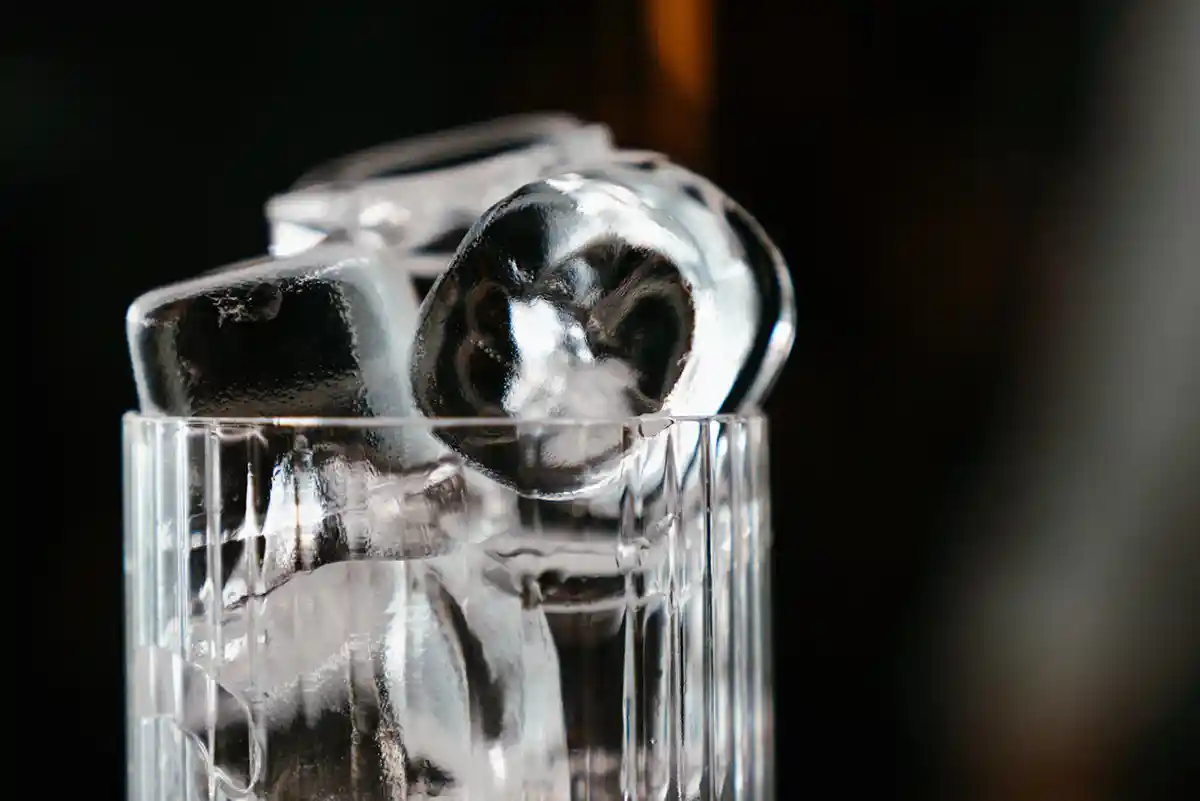When it comes to ice cubes, you may have noticed that some are clear and pristine, while others appear cloudy and opaque. The appearance of ice cubes can vary due to different freezing methods and the presence of impurities. But which type is better? In this article, we’ll compare clear and cloudy ice cubes, exploring their characteristics, the reasons behind their appearance, and discuss which type might be the better choice for different purposes.
Introduction
Ice cubes play an essential role in keeping our drinks cool, but their appearance can vary significantly. Clear ice cubes are often associated with high-quality bars and cocktails, while cloudy ice cubes are more commonly found in our everyday freezers. Understanding the characteristics and reasons behind clear and cloudy ice cubes can help us make informed decisions about which type is better suited for different purposes.
Clear Ice Cubes: Characteristics and Benefits
Clear ice cubes are visually appealing with their crystal-clear appearance. They are formed through a slow freezing process that allows impurities and air bubbles to be pushed to the center, resulting in a clear outer layer. Here are some characteristics and benefits of clear ice cubes:
- Aesthetic Appeal: Clear ice cubes have a visually pleasing look, especially in transparent or glassware, as they don’t detract from the overall presentation of the drink.
- Slow Melting: Due to their density and lack of impurities, clear ice cubes tend to melt more slowly, which means your drink stays colder for longer without becoming overly diluted.
- Enhanced Taste: Clear ice cubes have a purer composition, reducing the risk of imparting any unwanted flavors or odors to your drink.
- Ideal for Cocktails: Clear ice cubes are commonly used in high-end bars and cocktail establishments due to their aesthetic appeal and slow melting properties. They complement the presentation and taste of craft cocktails.
Cloudy Ice Cubes: Characteristics and Causes
Cloudy ice cubes have a milky or opaque appearance and are more commonly found in home freezers. They are formed through a rapid freezing process, trapping impurities and air bubbles within the ice. Here are some characteristics and causes of cloudy ice cubes:
- Rapid Freezing: Cloudy ice cubes are a result of the rapid freezing process, which doesn’t allow enough time for impurities and air bubbles to escape, leading to their trapped appearance.
- Presence of Impurities: Tap water used in home freezers often contains minerals and impurities that can contribute to the cloudiness of the ice cubes.
- Air Bubbles: Rapid freezing can also trap air bubbles within the ice, further adding to the cloudy appearance.
- Faster Melting: Cloudy ice cubes tend to melt more quickly than clear ice cubes due to their lower density and higher water content. This can result in faster dilution of your drink.
Factors Affecting Ice Cube Clarity
Several factors can affect the clarity of ice cubes, regardless of the freezing method used. These factors include:
- Water Source: The quality of the water used to make ice cubes plays a significant role. Tap water with high mineral content or impurities is more likely to result in cloudy ice cubes.
- Freezing Rate: The speed at which water freezes affects the formation of ice cubes. Slow freezing allows impurities and air bubbles to escape, promoting clear ice formation.
- Distilled Water: Using distilled water or filtered water with fewer impurities can improve the clarity of ice cubes.
- Ice Cube Trays: The design and material of the ice cube trays can also impact clarity. Silicone molds or insulated trays may promote clearer ice cubes by slowing down the freezing process and minimizing the formation of air bubbles.
Which is Better: Clear or Cloudy Ice Cubes?
The preference for clear or cloudy ice cubes largely depends on personal preference and the purpose for which they are used. Here are some considerations:
- Visual Appeal: If visual presentation is important, such as in high-end cocktails or upscale events, clear ice cubes are generally preferred due to their elegant and pristine appearance.
- Slow Melting: If you want your drinks to stay colder for longer without becoming overly diluted, clear ice cubes are a better choice as they melt more slowly.
- Everyday Use: For everyday use and general cooling purposes, cloudy ice cubes are perfectly suitable. They are readily available and serve their primary function of cooling drinks effectively.
- DIY Options: If you want to achieve clear ice cubes at home, there are various methods available, such as directional freezing or using distilled water. These methods require additional effort but can result in clearer ice cubes for special occasions or personal preference.
In the end, the choice between clear and cloudy ice cubes depends on the specific context, desired aesthetics, and functional requirements.
Conclusion
Both clear and cloudy ice cubes have their own characteristics and benefits. Clear ice cubes offer an elegant appearance, slow melting properties, and enhanced taste, making them ideal for upscale cocktails and situations where visual appeal is crucial. On the other hand, cloudy ice cubes are more readily available and suitable for everyday use. While they may melt faster and have a less visually appealing appearance, they serve their purpose of cooling drinks effectively. Understanding the factors affecting ice cube clarity and considering your specific needs can help you determine which type of ice cube is better suited for your preferences and occasions.
FAQs (Frequently Asked Questions)
- Can I achieve clear ice cubes at home?
- Yes, you can achieve clearer ice cubes at home using various techniques such as directional freezing, using distilled water, or using specialized ice cube molds. These methods require additional effort but can yield clearer results.
- Are cloudy ice cubes safe to consume?
- Cloudy ice cubes are generally safe to consume. The cloudiness is primarily due to trapped air bubbles and impurities, but they do not pose a significant health risk.
- Do clear ice cubes taste better than cloudy ice cubes?
- Clear ice cubes generally have a purer composition, which can enhance the taste of your drink by reducing the risk of imparting unwanted flavors or odors. However, the taste difference is often subtle and may not be noticeable in all types of beverages.
- Can I use cloudy ice cubes in cocktails?
- Yes, you can use cloudy ice cubes in cocktails. While they may not have the same visual appeal as clear ice cubes, their cooling properties and dilution rates are still suitable for most cocktail recipes.
- How can I improve the clarity of my ice cubes?
- To improve ice cube clarity, use distilled water or filtered water with fewer impurities. Additionally, consider using silicone molds or insulated trays to slow down the freezing process and minimize the formation of air bubbles.
Choose the type of ice cube that best suits your needs and preferences, whether it’s the elegance of clear ice cubes or the practicality of cloudy ice cubes. Ultimately, both types serve the purpose of chilling your drinks, and the decision boils down to aesthetics, melting rates, and the overall experience you desire.









